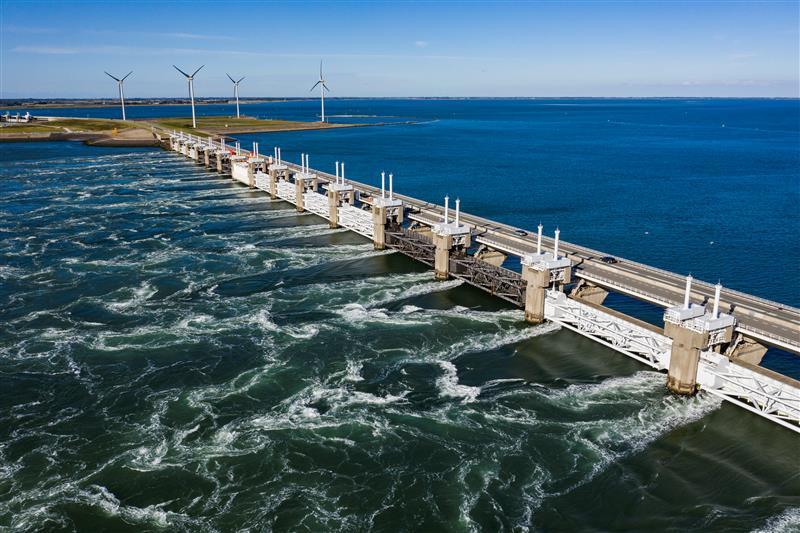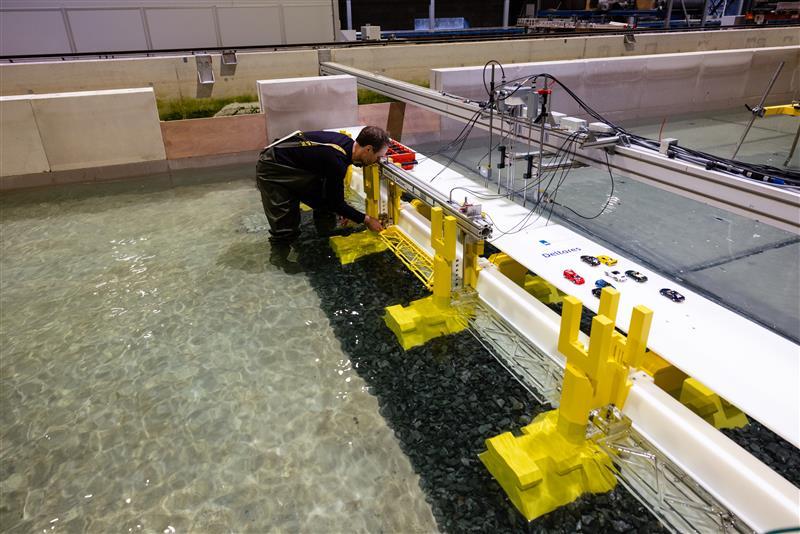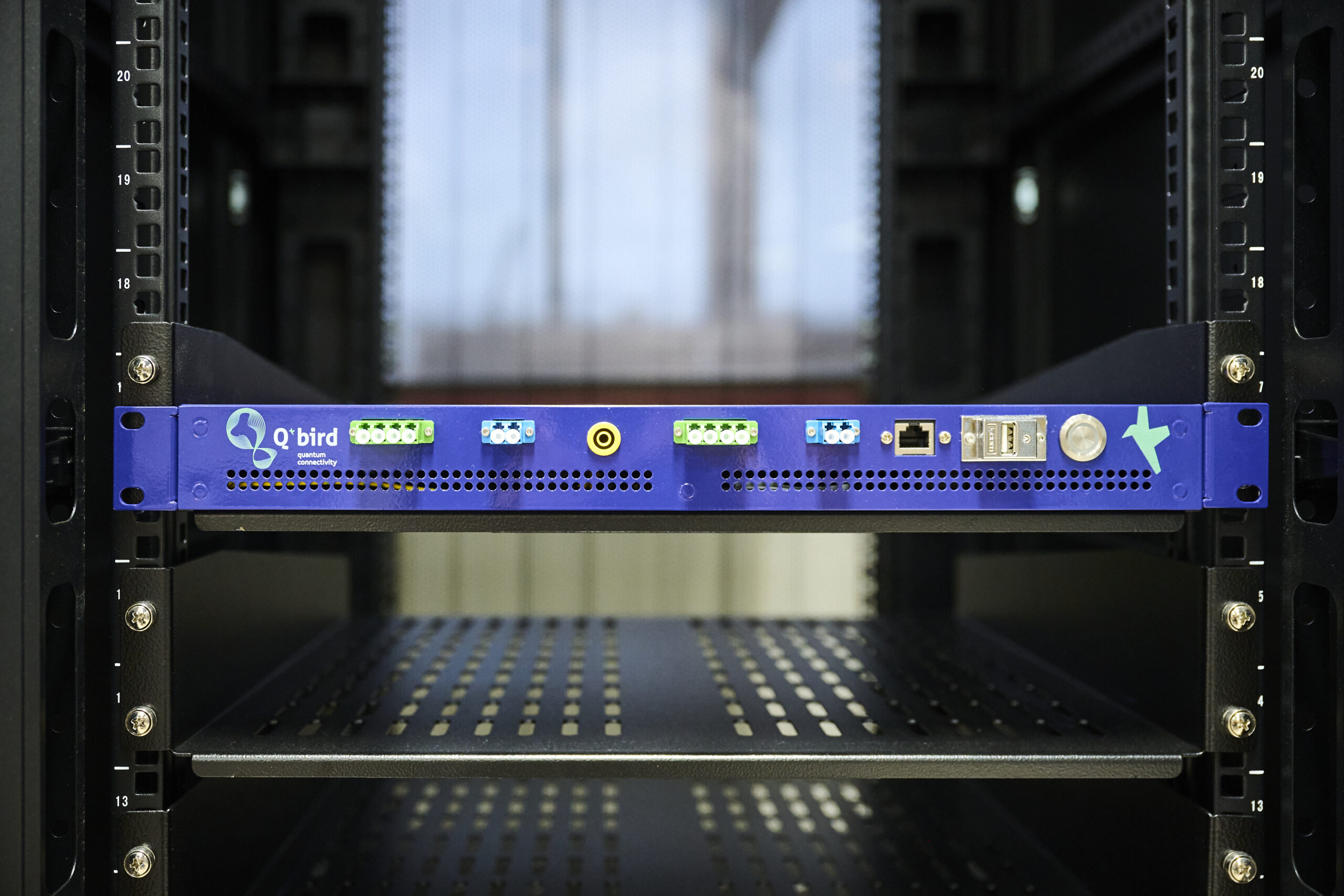The Eastern Scheldt Barrier protects large parts of Zeeland from high water levels since its inauguration in 1986. The barrier closes once a year on average during a heavy storm to protect Zeeland from flooding. After more than 35 years of use, some parts of the barrier need to be renovated or eventually replaced. Deltares, commissioned by Rijkswaterstaat, is carrying out scale model tests to accurately map the hydrodynamic loads on individual parts of the barrier.
Renovation
In the coming decades, more and more parts of the Eastern Scheldt Barrier will need to be renewed or replaced, such as the 124 movement mechanisms (including the cylinders that drive the slides), 124 side abutments (rubber pads between the slides and piers), and eventually the 62 slides. This will require long-term investments of hundreds of millions of euros, but will ensure that the barrier continues to protect the hinterland in the future.

Source: Michiel Wijnbergh, Rijkswaterstaat
Meeting modern safety requirements
As part of the renovations, the original designs will be reviewed by Rijkswaterstaat to check whether all components still meet modern flood safety requirements, as laid down in the Dutch Environment and Planning Act. This review will also consider contemporary knowledge about issues such as sea level rise. An accurate redesign requires detailed knowledge of the hydrodynamic forces acting on the barrier under different conditions. Deltares is therefore carrying out tests under controlled conditions with a scale model to investigate exactly which water forces act on the most affected parts of the barrier, including the gates. Whereas in reality the Eastern Scheldt Barrier’s slides weigh up to 480 tonnes, the weight of the model version of the highest slide – at a scale of 1:40 – is just under 25 kilos.
“Building on the tremendous expertise originally applied to the design of the Eastern Scheldt Barrier, Rijkswaterstaat and Deltares are applying today’s knowledge and scale modelling techniques to maximise the performance of the barrier design.” – Martijn de Jong, expert at Deltares
Research in two specialised measurement facilities
The scale model tests are carried out in two specialised measurement facilities. In Deltares’ Atlantic Basin, a 9 x 75 metre wave and current facility, the influence of waves approaching the barrier perpendicularly and of currents will be measured. In that measurement facility, the barrier will also be subjected to extremely high North Sea water levels, as a representation of possible future situations including sea level rise. These tests are scheduled until mid-January 2025.
In a second series of tests, taking place in Deltares’ Delta Basin (50 x 50 metres), waves will be measured reaching the barrier at a different angle, without currents. These tests are planned to take place from late January 2025 until end March 2025. Combining the data from both test series will provide a complete overview of the measurement conditions. This data will serve as input for design issues, the operational deployment of the Eastern Scheldt Barrier, and for issues about the deployment of the barrier in the future. To make good use of the data and reach final conclusions, Deltares experts will conduct desk studies after the modelling study to analyse the measurement results and compare them against existing calculation models. These studies are planned to take place from April 2025 to November 2025.

Deltares expert Arne van der Hout at work. Source: Rinske Fokkema, Rijkswaterstaat
A safe, future-proof Eastern Scheldt storm surge barrier
The results of the model tests contribute to a safe, accurate, and efficient design for the upcoming renovations. By including insights into the possible effects of sea level rise, the Eastern Scheldt Barrier can remain usable for many decades to come to protect Zeeland from high water.
“It is a great opportunity to be able to work with the specialists from Rijkswaterstaat and Deltares, to contribute to a small piece of history, and to achieve the best possible use of the Eastern Scheldt Barrier, both now and in the future.” – Jesse Simonse, Rijkswaterstaat




